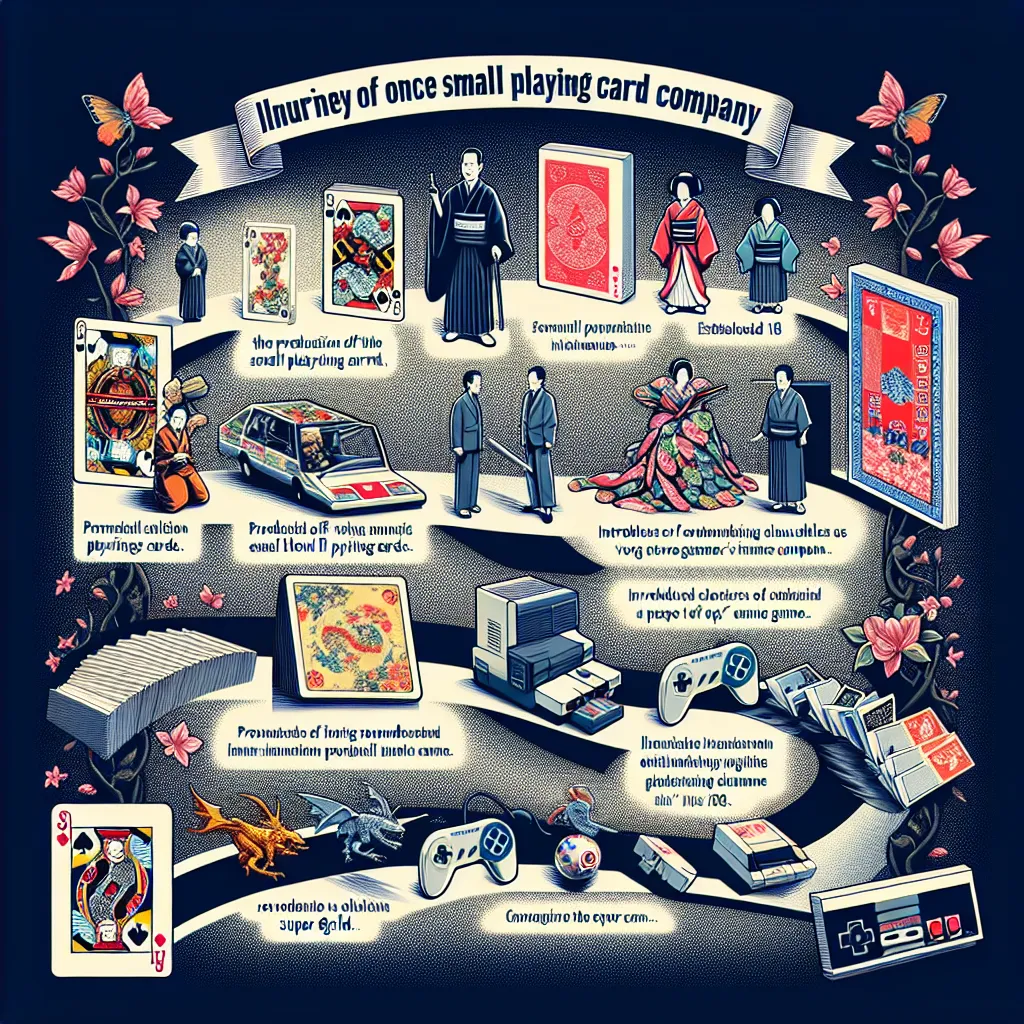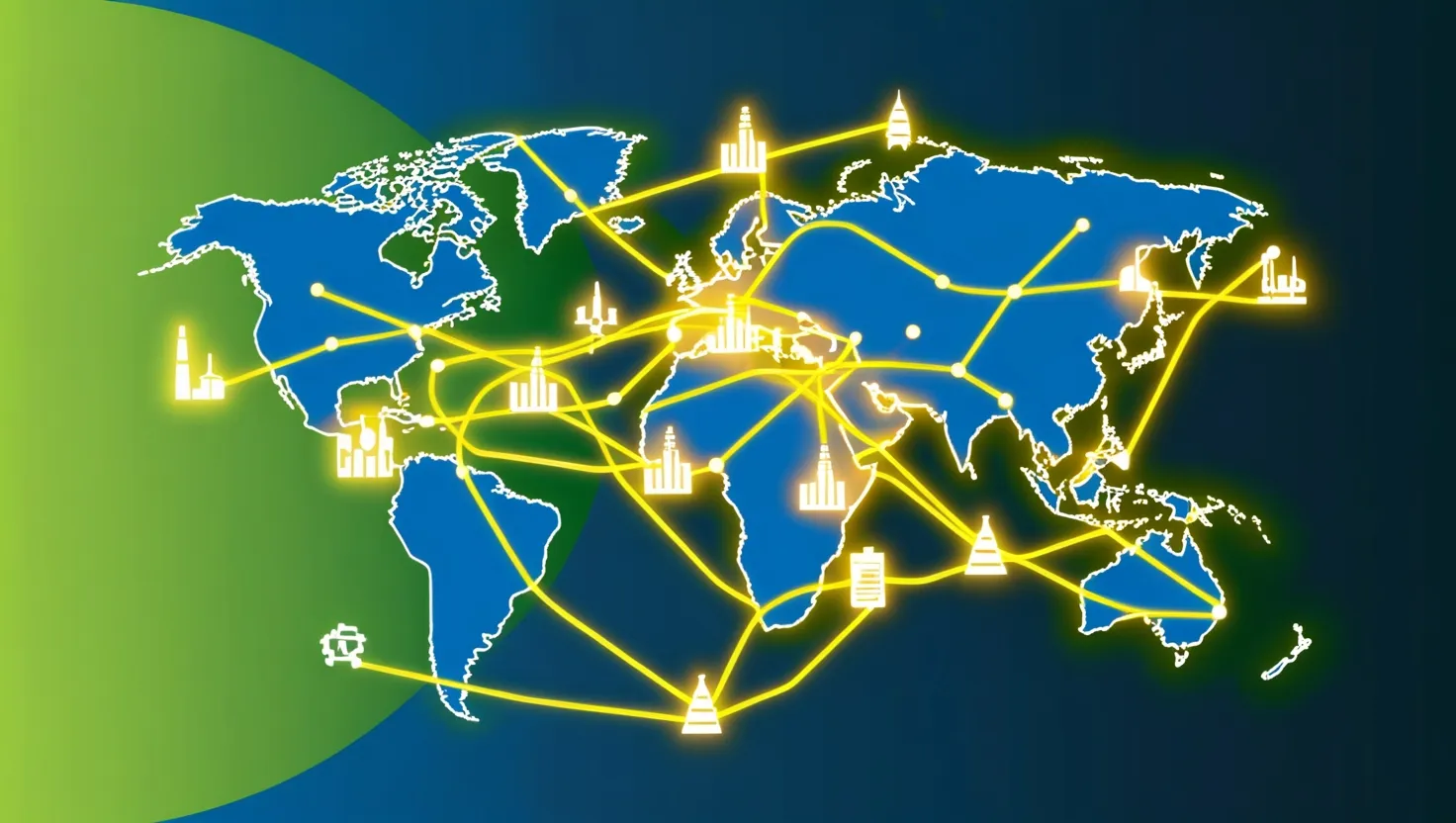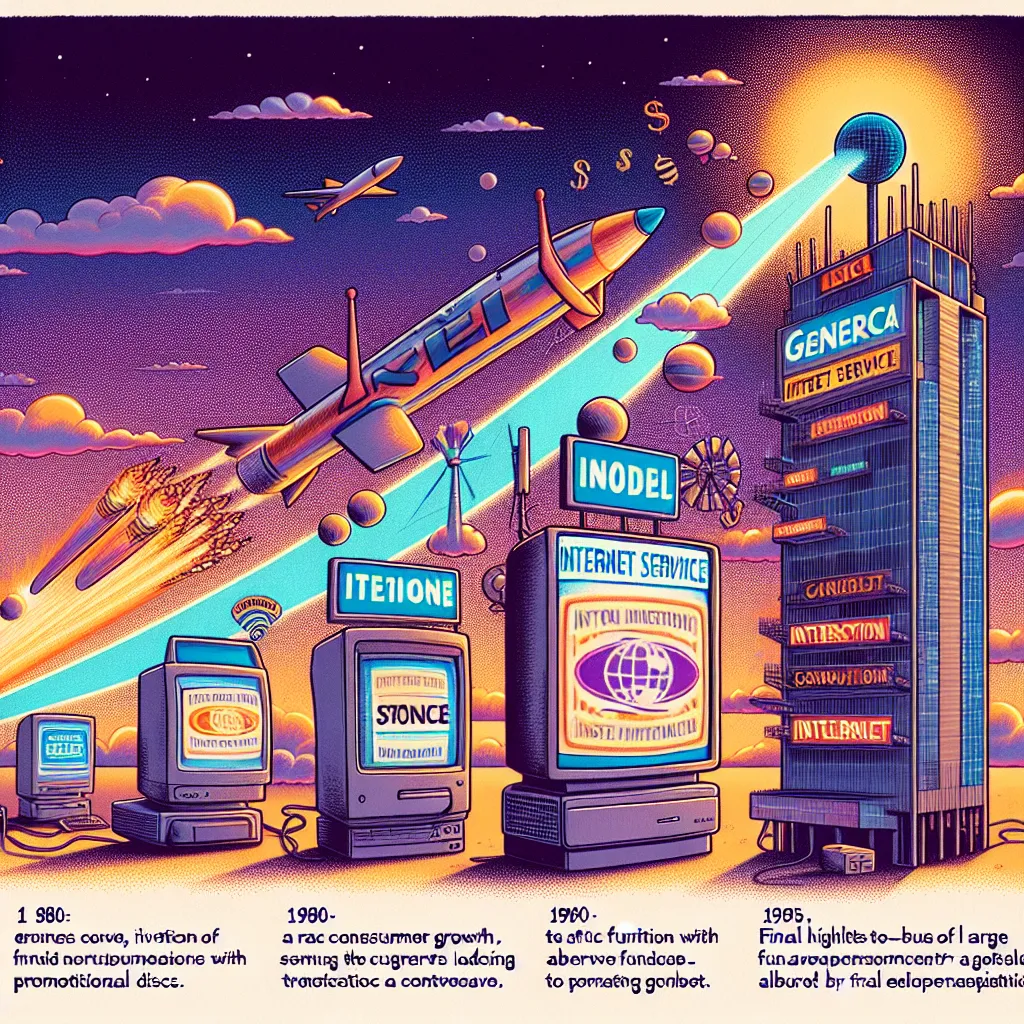The Panic of 1907: How a Banking Crisis Led to the Federal Reserve
The year 1907 marked a turning point in American financial history. Before the Federal Reserve existed, before government safety nets protected ordinary citizens, a major financial crisis shook the nation to its core. The Panic of 1907 remains one of the most significant financial crises in American history, not just for its severity but for how it changed our financial system forever.
I find it fascinating how one crisis can reshape an entire financial system. The story begins with trouble brewing beneath the surface of America’s economy. By early 1907, economic conditions were already deteriorating. The stock market had been declining, credit was becoming harder to obtain, and interest rates were climbing. These warning signs pointed to growing instability in the financial system.
What made this particular crisis so notable? Unlike today, the United States operated without a central bank. When financial institutions faced trouble, there was no official lender of last resort to provide emergency funding. This absence left the entire economy vulnerable to panic and contagion.
“The first lesson of economics is scarcity: there is never enough of anything to fully satisfy all those who want it. The first lesson of politics is to disregard the first lesson of economics.”
The spark that ignited the full-blown crisis came from an unexpected place. Have you ever wondered how quickly confidence can evaporate in financial markets? In October 1907, a failed attempt to corner the market of the United Copper Company triggered a domino effect throughout the banking system. When this speculation collapsed, it exposed the overextended positions of several major financial institutions.
The Knickerbocker Trust Company, one of New York City’s largest trust companies, was the first major casualty. Its president, Charles T. Barney, had close ties to the failed copper speculation. When this connection became public, depositors rushed to withdraw their funds. Within just three hours of opening its doors on October 22, the Knickerbocker paid out $8 million to frightened customers before suspending operations.
Fear spread rapidly. Trust companies across New York faced similar runs. The stock market plummeted. Banks restricted lending. The entire financial system teetered on the edge of complete collapse.
What happens when there’s no official safety net? In steps a private citizen.
Into this chaos stepped J.P. Morgan, the era’s most powerful banker. At 70 years old, Morgan took charge of the crisis response in a way that would be unimaginable today. He gathered financial leaders in his library and literally locked the doors, refusing to let them leave until they agreed to provide funds to stabilize the system.
“Gold is money. Everything else is credit.”
Morgan’s actions were decisive but controversial. He directed pools of money toward institutions he deemed worthy of saving while allowing others to fail. He persuaded U.S. Treasury Secretary George Cortelyou to deposit $25 million of federal funds in New York banks to boost their reserves. Morgan even convinced high-profile clergymen to tell their congregations that their money was safe in banks to restore public confidence.
The crisis exposed fundamental weaknesses in America’s financial structure. The banking system was highly fragmented with thousands of independent banks operating under different regulations. This fragmentation made the system particularly vulnerable to panics. Without a central authority to coordinate responses or provide emergency liquidity, individual banks had to fend for themselves when trouble struck.
Another critical problem was the inelasticity of the money supply. The national currency could not expand or contract in response to economic conditions or seasonal demands. This rigidity meant that when demand for cash increased suddenly—as during a bank run—there was simply no mechanism to provide additional currency to meet that demand.
Have you considered how banking practices from over a century ago still shape our financial system today?
The panic had severe consequences for the real economy. Industrial production dropped more sharply than after any previous bank run. Bankruptcies soared to the second-highest level recorded to that date. Production fell by 11%, imports declined by 26%, and unemployment jumped from under 3% to 8%. Even immigration to America dropped significantly, falling from 1.2 million people to 750,000 in just two years.
The crisis marked a turning point in public and political attitudes toward banking regulation. The fact that the nation’s financial salvation had rested in the hands of a private banker—J.P. Morgan—rather than any government institution struck many as deeply troubling. What would happen when Morgan was no longer around to organize private sector rescues?
Congress responded by passing the Aldrich-Vreeland Act in May 1908, which established the National Monetary Commission to investigate the panic and propose regulatory reforms. This commission, led by Senator Nelson Aldrich, spent nearly four years studying banking systems around the world.
“The only thing we have to fear is fear itself.”
Their work culminated in the Federal Reserve Act of 1913, which created America’s central banking system. The Federal Reserve was specifically designed to address the weaknesses exposed in 1907: it would serve as a lender of last resort during crises, provide an elastic currency that could expand or contract as needed, and supervise banking institutions to prevent excessive risk-taking.
The creation of the Federal Reserve represents perhaps the most lasting legacy of the Panic of 1907. For the first time, the United States had a central authority responsible for monetary policy and financial stability. The days of relying on private bankers to rescue the financial system were over.
I find it remarkable how the lessons from 1907 continue to shape financial regulation today. The crisis demonstrated how financial contagion can spread rapidly between institutions, highlighting the importance of systemic risk management. It showed why having a lender of last resort is essential for preventing panic-driven bank runs. And it illustrated how regulatory gaps in complex financial systems can lead to unexpected vulnerabilities.
The parallels to more recent financial crises are striking. During the 2008 financial crisis, we saw similar patterns of contagion, liquidity shortages, and the need for decisive intervention. The difference? In 2008, it was government institutions like the Federal Reserve and Treasury Department that organized the response, not private bankers.
“Those who cannot remember the past are condemned to repeat it.”
What questions should we be asking about our current financial system? Are there new forms of systemic risk developing that regulators might be missing? Does the Federal Reserve have the right tools to address future crises? These questions remain relevant over a century after the Panic of 1907.
For investors, the crisis offers timeless lessons about risk management and market psychology. Financial markets function on confidence, and when that confidence evaporates, even fundamentally sound institutions can face runs. Diversification and liquidity management remain as important today as they were in 1907.
For policymakers, the Panic highlights the importance of regulatory frameworks that can adapt to changing financial conditions. The crisis occurred partly because regulations had not kept pace with financial innovation—trust companies operated with fewer restrictions than traditional banks but performed many similar functions.
The Panic of 1907 also reminds us that financial crises rarely have single causes. They typically result from multiple vulnerabilities that interact in complex ways. Economic contraction, stock market decline, speculative excess, regulatory gaps, and fragmented banking—all these factors combined to create the perfect financial storm.
Perhaps the most profound lesson from 1907 is that financial systems need both private discipline and public oversight. Markets alone could not prevent or resolve the crisis—J.P. Morgan’s intervention, while impressive, was an ad hoc solution that depended on the judgment of one man. Yet excessive regulation can stifle innovation and economic growth.
Finding the right balance remains a challenge for financial regulators today. How much risk should financial institutions be allowed to take? When should regulators intervene in troubled markets? What powers should central banks have during crises?
The Panic of 1907 transformed not just American finance but American politics. It shifted power from Wall Street to Washington and helped lay the groundwork for the progressive regulatory state. The crisis made clear that in a modern industrial economy, financial stability was too important to be left entirely to private interests.
As we reflect on this pivotal moment in financial history, we might wonder: What financial innovations or practices today might contain seeds of the next crisis? And are we better prepared than our predecessors to recognize and address these risks before they trigger another panic?





